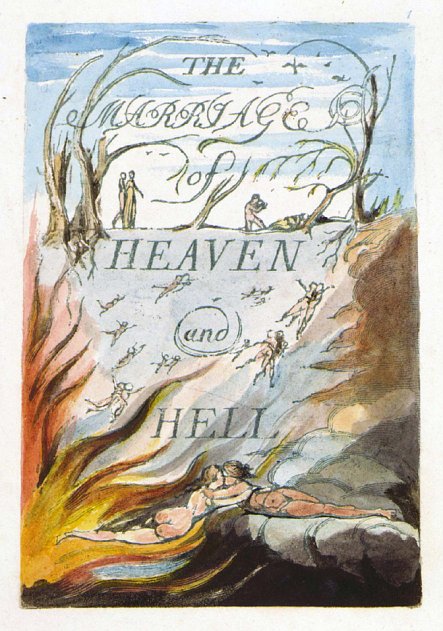While reading the Victorian-Age book, Alice’s Adventures in Wonderland, we were exposed to a multitude of “mad” scenes and settings. The book follows the journey of Alice, a young girl sitting at the edge of a body of water with her sister, as she travels through the landscape of her vivid dream world. She experiences a multitude of encounters with tricky riddles, seemingly insane characters, and unwelcoming attitudes. As she travels through this world which she perceives as reality, she progressively learns more about it. Almost every individual she interacts with receives her with a rude demeanor, giving the story a curious and melancholy background. As the last chapter closes, Alice wakes up with her head laying on her sister’s lap, realizing that the adventure was nothing but a dream.
We chose to write a letter from the Hatter to each of the member’s at his tea party. Consequently, the first letter to Alice is based off of Chapter VII of Alice’s Adventures in Wonderland, A Mad Tea-Party. In this chapter the Hatter explains to Alice “If you knew Time as well as I do… you wouldn’t talk about wasting it. It’s him.” (Carroll ch 7). Furthermore, he says that if Alice had a positive relationship with Time, he would act in her favor. Based upon this interaction, we created a letter that displays the Hatter’s possible anger with Alice for upsetting Time, which is passing so slowly during the Victorian Era pandemic. The second letter is addressed to the Dormouse, who was also at the “Mad Tea-Party.” We based this letter on the main characteristic of the Dormouse, which is his constant drowsiness and abrupt napping. During this chapter, the Dormouse falls asleep umpteen times, almost as if he is narcoleptic. Finally, the last letter is made out to the March Hare, the third and final guest at the Hatter’s tea party. The March Hare is the seemingly most ordinary character in the group, conversating in a way that makes more sense than the others. He seems to be quite friendly with the Hatter, making him, in our minds, the Hatter’s friend. In one part of the chapter, The Hatter reminisces with the March Hare of how they angered time by saying, “We quarrelled last March–just before he went mad, you know–’ (pointing with his tea spoon at the March Hare,)” (Carroll ch 7). As the chapter closes, Carroll leaves us with a description of the Hatter and the March Hare trying to put the sleeping dormouse into a teapot.
5th March, 1866
Dear Alice,
This pandemic is going to drive me absolutely mad! But, like the Cheshire Cat says, “we’re all mad here” (Carroll ch 7). Time and I are going to have a ruckus the next time I see him. I haven’t even been able to have my tea parties. I watch as tea time passes by every day while I sit at my tea table alone. My friends, the March Hare and the Dormouse, are off in their own corners of wonderland, far away from myself and time. Perhaps you have upset time again, for he seems to be passing ever so slowly these days. I’m sure you can tell just how boring my days have become, considering I’m writing to you at all. Anyways, I will work on a few new riddles to write to you in my next letter, pointless as you may find them.
Stay Mad,
The Hatter
12th March, 1866
Dear Dormouse,
I’m sure you’re happily sleeping away this dreadful quarantine, but it has become quite tiresome to me. I do miss tea time with you and March Hare even though you slept through the best of it! You almost missed the meeting of the very odd Alice last year as I recall. Ah! That reminds me, how is an octopus like a lamp?
I wish you were here to entertain my tea parties with your delightful stories, between your incessant napping, of course. Really, the company of anyone would be nice right about now, even that dreadful Alice. Who can understand anything she says when she won’t even say what she means?
Don’t sleep your life away, Dormouse. Alas, there is not much to do around here these days anyways.
Stay Mad,
The Hatter
20th March, 1866
Dear March Hare,
Oh, how I miss our little talks of things that seem to make no sense. I would say I’ve had so much time on my hands, but my relationship with time is so brittle he might become even angrier with me. I’ve been thinking so much that I even thought of an answer to one of my own riddles the other day! I really do miss having you around to help me wake up the dormouse. What a dreadful sight it was watching him fall asleep in the middle of telling us a story.
That poor girl Alice surely got a rude impression of him, but she was quite rude herself! She kept asking him questions such as, “But why did they live at the bottom of the well?” (Carroll ch 7). Who asks such pointless things when being told a story? Alas, I have not much room to talk myself, as I quite often find myself asking people to solve riddles that I don’t know the answer to myself. It is quite funny if you sit and ponder about it. Of course, that is all I have to do these days. Stay safe my friend. I hope to have you back at my never-ending tea party soon.
Stay Mad,
The Hatter

Works Cited
Carroll, Lewis. Alice’s Adventures in Wonderland. 1865. Project Gutenberg,
http://www.gutenberg.org/files/11/11-h/11-h.htm. Accessed 29 April 2020.






